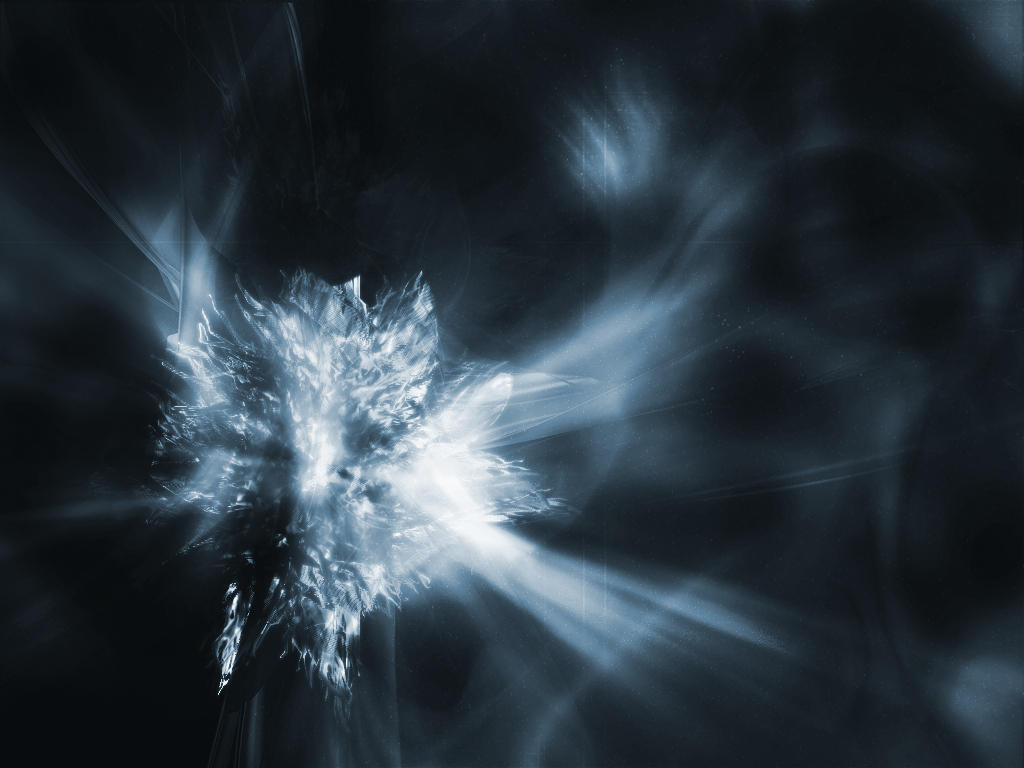Abstract Wallpaper Designs Biography
In 1911, he organized "Der Blaue Reiter" (The Blue Rider), a group of nine artists including Paul Klee, August Macke, and Franz Marc. Though their aims and approaches varied from artist to artist, the group in general believed in the promotion of modern art and the possibilities of spiritual experience through symbolic associations of sound and color. The group released an almanac (The Blue Rider Almanac) and held two exhibitions. As well, Kandinsky published Concerning the Spiritual in Art (1911), the first theoretical treatise on abstraction that articulated his view of the artist as a spiritual being who is affected by and communicates through line, color, and composition. He produced both abstract and figurative works at this time, in compositions of complex patterns and brilliant colors such as Composition VII (1913). The outbreak of Word War I in 1914 led to the dissolution of Der Blaue Reiter as well as Kandinsky's relationship with Münter. Kandinsky returned to Russia, where he married Nina Andreevskaia, the young daughter of a Czarist colonel. While there, he devoted much of his time to painting and teaching color analysis.
In 1921, architect Walter Gropius invited Kandinsky to Germany to attend the Weimar Bauhaus. As a member of the innovative architecture school, Kandinsky's artistic philosophy turned toward the significance of geometric elements, specifically circles, half-circles, straight lines, angles, and curves. In 1926, his second major theoretical work, On Point and Line to Plane, was published. In both his work and theory, there was a shift from the romantic, intuitive expression of his pre-war canvases to an emphasis on reasoned construction. The looser, intensely colored, free forms of his Blaue Reiter phase gave way to sharply clarified colors and overt structures characteristic of the Bauhaus aesthetic.








In 1911, he organized "Der Blaue Reiter" (The Blue Rider), a group of nine artists including Paul Klee, August Macke, and Franz Marc. Though their aims and approaches varied from artist to artist, the group in general believed in the promotion of modern art and the possibilities of spiritual experience through symbolic associations of sound and color. The group released an almanac (The Blue Rider Almanac) and held two exhibitions. As well, Kandinsky published Concerning the Spiritual in Art (1911), the first theoretical treatise on abstraction that articulated his view of the artist as a spiritual being who is affected by and communicates through line, color, and composition. He produced both abstract and figurative works at this time, in compositions of complex patterns and brilliant colors such as Composition VII (1913). The outbreak of Word War I in 1914 led to the dissolution of Der Blaue Reiter as well as Kandinsky's relationship with Münter. Kandinsky returned to Russia, where he married Nina Andreevskaia, the young daughter of a Czarist colonel. While there, he devoted much of his time to painting and teaching color analysis.
In 1921, architect Walter Gropius invited Kandinsky to Germany to attend the Weimar Bauhaus. As a member of the innovative architecture school, Kandinsky's artistic philosophy turned toward the significance of geometric elements, specifically circles, half-circles, straight lines, angles, and curves. In 1926, his second major theoretical work, On Point and Line to Plane, was published. In both his work and theory, there was a shift from the romantic, intuitive expression of his pre-war canvases to an emphasis on reasoned construction. The looser, intensely colored, free forms of his Blaue Reiter phase gave way to sharply clarified colors and overt structures characteristic of the Bauhaus aesthetic.
Abstract Wallpaper Designs

Abstract Wallpaper Designs

Abstract Wallpaper Designs

Abstract Wallpaper Designs

Abstract Wallpaper Designs

Abstract Wallpaper Designs

Abstract Wallpaper Designs

Abstract Wallpaper Designs

Abstract Wallpaper Designs
Fayte Designs | Speed Art | Abstract | Free Wallpaper
Abstract Wallpaper Designs
Design Abstract Wallpaper Part 2 photoshop Tutorials
No comments:
Post a Comment